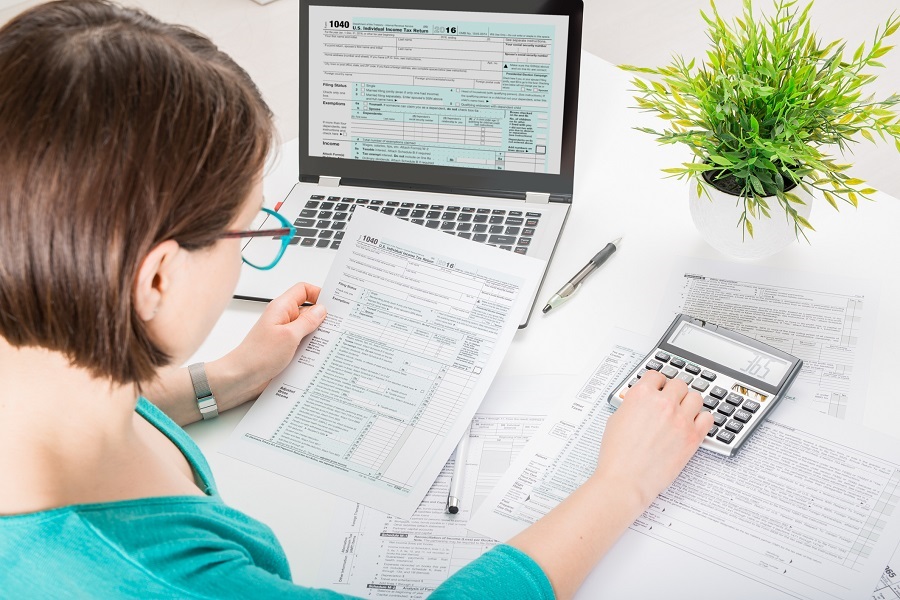While 2020 Tax Day may seem far off, it’s important to have everything in order well beforehand. For some, filing taxes may be a simple procedure of filling out a few forms and waiting for a refund. However, the process can be a bit more complicated for those who receive Social Security Disability benefits. Just because it’s a bit harder, though, doesn’t mean filing your taxes has to be a nightmare. Keep reading to learn more about submitting your taxes while receiving disability benefits.
Taxable Amount
One of the most important things to keep in mind is that disability payments are only sometimes taxable. You will not need to pay taxes on your Social Security benefits if you make less than $25,000 a year and file as an individual or $32,000 year (household income) and you file jointly. For those whose income is more than those limits, only a portion of your disability payment might be taxable.
No matter how much you make, you won’t ever have to pay taxes on more than 85% of your disability income. For those who file as an individual and make between $25,000 and $34,000 a year, 50% of your disability income will be taxable. The same is true for those who file jointly and make between $32,000 and $44,000 as a household. For those who earn more than $34,000 and file as an individual or $44,000 and file jointly, 85% of your disability income will be taxed. The precise amount you’ll need to pay in taxes will depend on your exact income and the tax deductions you’re entitled to receive.
Back Payment
For those who have just started their disability benefits and recently received a back payment from Social Security, you’ll need to be mindful when filing taxes. It may be difficult to know how much tax you need to pay on your back payment, since it’s usually paid in a single lump-sum. However, this doesn’t mean that you must claim the full amount on a tax return for one year. If you do claim back pay on one year’s income, you may be pushed into a higher tax bracket, resulting in you paying more taxes than you need to. Instead, file amended returns for the years that the back payment covered. On this upcoming year’s taxes, only claim the portion of the payment from 2020.

Determining How Much to Claim
The Social Security Administration will provide you with an SSA-1099 form which will inform you of how much money you received from your disability benefits. This form is necessary to complete your tax return. If this is the first year you have received disability benefits, it may be a good idea to hire a tax professional to guide you through the new process. They can help you to understand your benefits, your tax liabilities, and the back-payment issue, too.
Withholding Taxes
The Social Security Administration is not required to hold taxes from your disability payments, but you can request that they do, if you choose. This is a good idea if you believe you’ll owe taxes at the end of the year. Contact the SSA for more information.
For more information about the Ticket to Work Program, contact us at A Path To Success.
